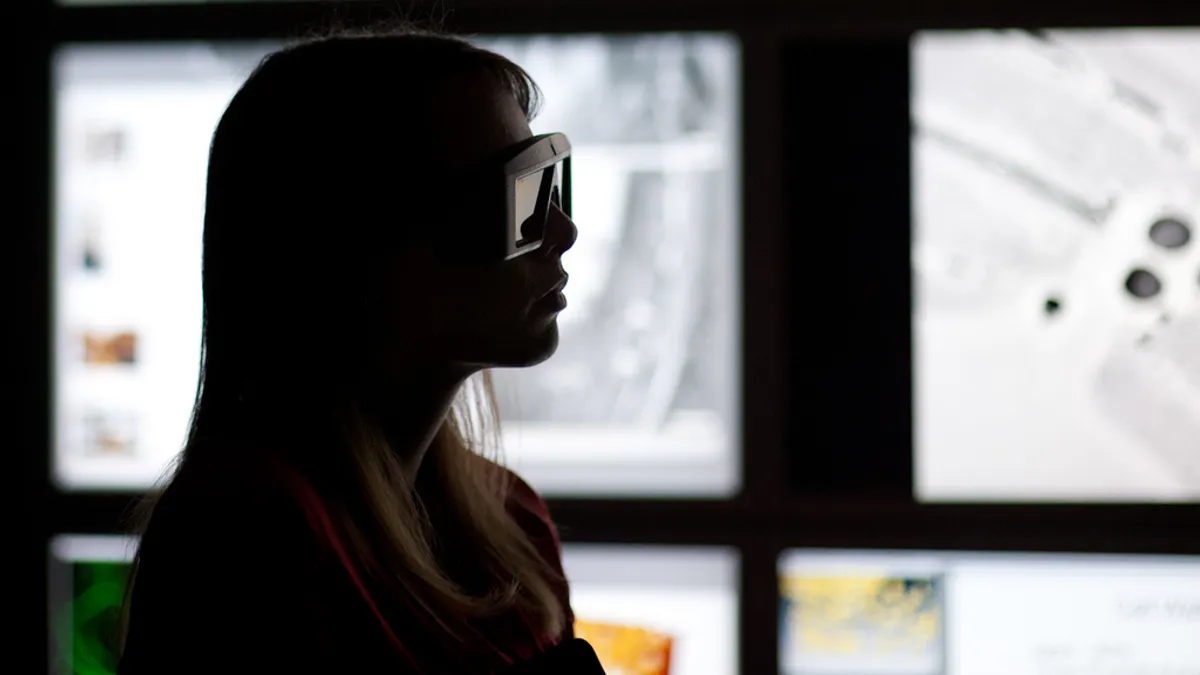“If all you do is think about survival, you’ll ultimately perish. You have to think about prosperity.”
That was the message delivered by Association of Governing Boards associate managing principal for institutional strategies Jim Hundrieser Sunday during the 99th annual American Council on Education meeting in Washington, DC.
In the current climate, in which nearly half of states are cutting appropriations to the enterprise, and institutions are struggling to meet enrollment targets, the idea of thinking beyond survival might be tough to conceptualize for most colleges — particularly for those with under a $1 billion endowment.
Instead, many institutions are focused on cutting costs to meet budgets. But Hundrieser said this is not a great mindset, either. “Cutting costs is nothing more than a temporary phenomenon,” he said, arguing that simply cost-cutting, rather than reducing expenses, could actually have a negative impact on attributes like service, which ultimately would adversely affect revenue at the institution. Instead, he said, institution leaders should be focusing on “growing and diversifying revenue,” which he admitted “is much more difficult than reducing expenses, but it’s critical in building a sustainable model.”
Not only that, said Hundrieser, but since the average tuition discount at private universities in 2015 was 48%, state and federal divestment from higher education means that the cost of public and private higher education is almost even now across the country.
In order to remain viable and begin to consider prosperity, institutions must address their slow operating rhythms, which often means “an operating rhythm that’s decades old,” embroiled in “old policies that no longer [address] the market, and even old course requirements that are no longer relevant to [the needs of] the market,” and embrace the following trends poised to shape the future of the industry:
Unbundling of higher education
“Students are no longer buying that whole college” experience, said Hundrieser, using the example of having to buy an entire album for one or two good songs, prior to the profusion of digitized media. As such, certificates, credentials, and job-related curricula are becoming increasingly more important considerations for leaders of traditional institutions.
Not only that, he said, but despite what recent data show, MOOCs were not just a flash in the pan. Instead, we’ve seen “inning one of a nine inning game,” Hundrieser said, adding that MOOCs are still “absolutely” poised to disrupt the traditional higher education marketplace, as courses, particularly around college prep, increase.
Transfers as the new normal
Three in four students in today’s higher education complex will attend two or more colleges in the course of their college careers, Hundrieser said. “The adult market really is the traditional market,” he said, adding that institutions should consider admitting transfer classes the size of the freshman class, as the market segment for adult learners, including transfer students, is larger than the pool of high school graduates at the moment.
However, transfer students and adult learners in general have different needs than students who enroll for the first time right after high school graduation. For one, said Hundrieser, they require a higher operational speed, service and convenience, and institutions that dedicate marketing specifically to these students have a higher success rate at enrolling them.
A return to the liberal arts
Recently, business tycoon Mark Cuban became an unlikely champion for the liberal arts as the future of the workforce, saying that as machines replace workers for automated tasks, those with superior communication skills and an eye towards innovation will be valued most.
“Liberal arts in the eyes of many is not synonymous with job creation, but it is critical to be able to” graduate prospective employees who have the skills offered by a traditional liberal arts education, Hundrieser told the ACE audience.
The infusion of augmented reality
“Augmented reality is literally going to transform higher education,” said Hundrieser, who added that the benefits of being able to use technology to enhance learning opportunities in the classroom will be invaluable for students looking to compete in a global marketplace.
Unfortunately, he said, innovation is happening fastest “outside the walls of our universities,” and institutions are largely struggling to keep up.
















